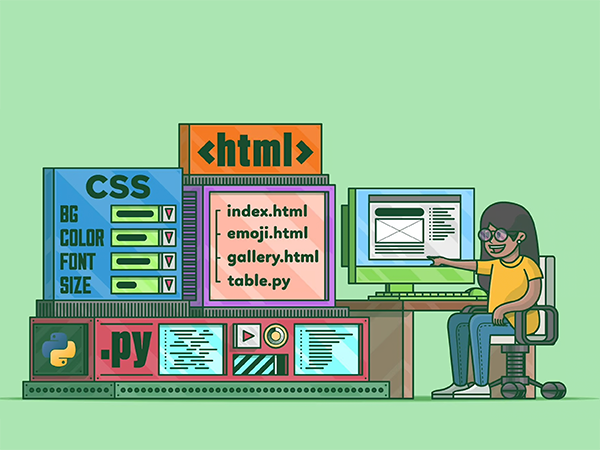Virtualization: A Deep Dive into Virtual Machines
Virtualization: Your Hardware, Reinvented
In the realm of technology, virtualization has emerged as a cornerstone, revolutionizing how we utilize and manage computer hardware. At its core, virtualization leverages software to create virtual representations of physical hardware components, most notably servers. Imagine a powerful physical server, capable of hosting multiple virtual servers, each operating independently with its own dedicated resources - that's the magic of virtualization.
Unpacking the Power of Virtual Machines
The virtual versions of servers created through this process are known as virtual machines (VMs). Each VM operates as an independent entity, complete with its own operating system (OS), applications, and data. This separation allows multiple VMs to coexist on a single physical server without conflict, maximizing resource utilization and minimizing hardware sprawl.
Benefits of Embracing Virtualization
The adoption of virtualization brings forth a plethora of advantages, transforming traditional IT infrastructures:
- Cost Savings: By consolidating multiple workloads onto fewer physical servers, organizations can significantly reduce hardware and energy costs.
- Increased Efficiency: Virtualization streamlines IT operations, enabling faster provisioning of resources and simplified management tasks.
- Enhanced Flexibility and Scalability: Need more resources for a particular application? Virtualization allows for easy scaling of VMs up or down to meet changing demands.
- Improved Disaster Recovery: Virtual machines can be easily migrated or replicated to different physical servers, bolstering disaster recovery capabilities.
Virtualization in Action: Real-World Applications
The applications of virtualization are vast and varied, permeating numerous industries and sectors:
- Server Virtualization: Consolidating multiple physical servers into virtual machines, optimizing resource utilization.
- Desktop Virtualization: Providing users with access to their desktops and applications from any device, enhancing flexibility and mobility.
- Software Development and Testing: Creating isolated environments for developing, testing, and deploying applications without affecting production systems.
Virtualization has become an indispensable tool in the modern IT landscape, empowering organizations to achieve greater efficiency, flexibility, and cost savings. As technology continues to evolve, virtualization will undoubtedly play an even more pivotal role in shaping the future of computing.
















